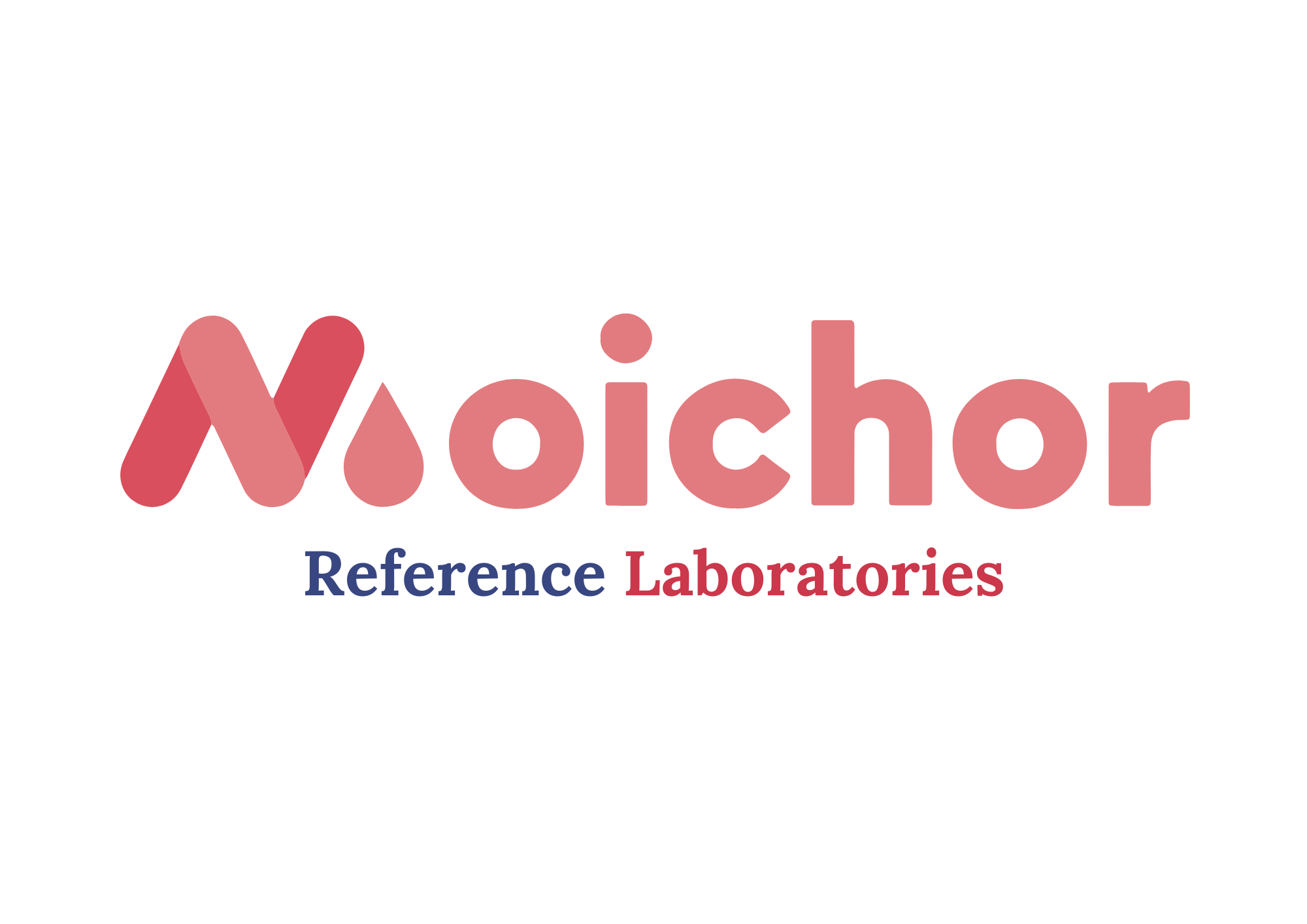
- dvm360 June 2023
- Volume 54
- Issue 6
- Pages: 50
Saving sea turtles helps rescue see data insights

How CBC automation can help diagnose cold-stunned sea turtles
Content submitted by Moichor, a dvm360® Strategic Alliance Partner
Cold-stunned sea turtles have become a yearly phenomenon in the Texas gulf, which is why Dr Tim Tristan of the Texas Sealife Center was not shell shocked when 81 patients needed his help in November of 2022. “We have a core group of 12 volunteers, and they go out to rescue and bring these sea turtles into our facility where we’ll rehabilitate them until they’re in better shape to be released,” Tristan said.
Tristan knows that part of the recovery process includes collecting timely and important information around animal diagnostics, so he takes advantage of new advances in reptile complete blood cell count (CBC) automation to get deeper insights into what's affecting these sea turtles. This means a lot for a rescue organization like Texas Sealife Center, which needs efficiency in time and resources.
Taking things 1 flipper at a time
After getting the sea turtles into the facility, Tristan’s team collects samples for Moichor to run blood parameters around blood sugar, liver values, kidneys levels, and white blood cell counts.
“This information is a piece of that puzzle that gives us a clue as to what's going on inside these animals and how we can better treat them with enhanced success rates….They help us determine the health of these animals, what's medically wrong and what’s needed to get them moving in a more positive direction and ultimately be released.”
And what trends in these rescued sea turtles have Tristan and his team found?
“The most common thing we see is glucose or blood sugar abnormalities, whether the turtles are severely low or severely high. It's more of a hypoglycemia or low blood sugar that we're seeing in the green sea turtles. And with that information and knowledge, we're able to give them fluids, help get their blood sugar back up, and increase their chances of survival ultimately.”
The mystery more data can help reveal
Texas Sealife Center only sees what the sea provides, and there are larger questions around how these sea turtles live that Tristan and his team may be able to shed some light on.
“Sea turtles in general are a very mysterious species. They spend a lot of time in the water offshore in the ocean where we don't see them every day, so there's a lot of unknown. So, in regard to the blood work, this technology is helping us collect more data, and with these values, we might be able to interpret what's going on when we never had this opportunity in the past.”
Making waves beyond the Texas coast
Keeping track of an entire sea turtle population is not in the cards, but Tristan and his team do tag every patient who ends up at the Texas Sealife Center. They microchip the sea turtles using a pit tag, and sometimes they even use satellite-tracking enabled chips. When asked if Tristan’s team has had any turtles reappear as patients, he says, “We do have some repeat customers.”
In fact, the first thing the team does is check to see if the sea turtle in question has been microchipped previously. “If they have a microchip, we kind of know who they are and have a little bit of history behind them, but if we’ve sent their blood samples previously to Moichor, then we get an even more intimate picture of the patient, how they’ve developed or declined, and a lot of other valuable information.”
And this data doesn’t just help Tristan’s team in Texas. He cites working across the country with the New England Aquarium, the National Marine Life Center, and other entities and organizations across the country and world.
“This information doesn't stop here with us. This information goes beyond us, to Moichor, to other communities so we can collectively gather more information and help this cryptic species.”
Articles in this issue
over 2 years ago
Diagnosing and stabilizing hemoabdomenover 2 years ago
Creating Dr. Donita’s Veterinary Concierge Servicesover 2 years ago
Offensive body art & political discussions in the workplaceover 2 years ago
Treating inappetence in dogsover 2 years ago
Renal transplants in catsover 2 years ago
Does veterinary medicine need a midlevel professional?over 2 years ago
Common skin conditions in petsover 2 years ago
Career advice for new graduatesNewsletter
From exam room tips to practice management insights, get trusted veterinary news delivered straight to your inbox—subscribe to dvm360.




